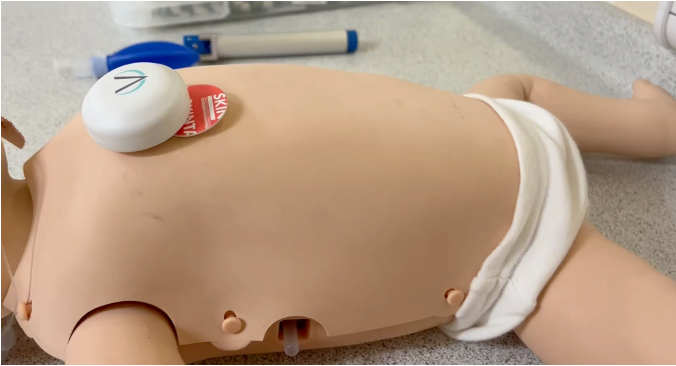University Hospitals of Leicester goes live with AI-reviewed chest x-rays
- 15 February 2024

University Hospitals of Leicester NHS Trust has gone live with an AI-powered chest x-ray solution, as part of the multi-NHS site LungIMPACT research study.
The trust is using Qure.ai’s qXR AI which is integrated into the Radiology Information System from Magentus. As part of the LungIMPACT study, it will review around 100-150 GP-referred x-rays every day to identify and triage the presence of potential lung abnormalities. The system will provide immediate reporting to clinicians so they can make next-stage decisions on CT referrals or treatment planning.
The LungIMPACT study is a collaboration between Qure.ai, UK academia and NHS hospitals, to gather real-world evidence of AI-assisted diagnoses of lung cancer. University Hospitals of Leicester is joining University College London Hospitals NHS Foundation Trust, Nottingham University Hospitals NHS Trust and East Suffolk and North Essex NHS Foundation Trust, who joined the trial earlier this year.
Dr Indrajeet Das, consultant cardiothoracic radiologist at University Hospitals of Leicester NHS Trust, said: “Approximately a third of all chest x-rays have some abnormality, a small proportion significant. Qure’s AI enables the rapid segregation of normal and abnormal chest x-ray results, instantly prioritising the cases that need radiologist reporting review, and for possible referral to next-stage CT scans.
“By working closely with Magentus, the Qure team ensured that the AI meets the needs of the modern radiologist. The configuration enables smooth switching of workflows between chest x-ray and CT reporting in two simple ‘clicks’, rather than a potential six. This is a huge consideration for productive diagnostic imaging workflow in a busy environment.”
Christopher Ladds, acting CEO of Magentus added: “This project gives clinicians the granular control of their workflows and worklists that they need and makes the most of our powerful RIS solution. Implementing Qure’s qXR AI into RIS at University Hospitals of Leicester NHS Trust and seamless switching between different imaging modality reporting maximises resource utilisation and throughputs. Digital agility in radiology is a collaborative process and we are delighted the system is now live.”



